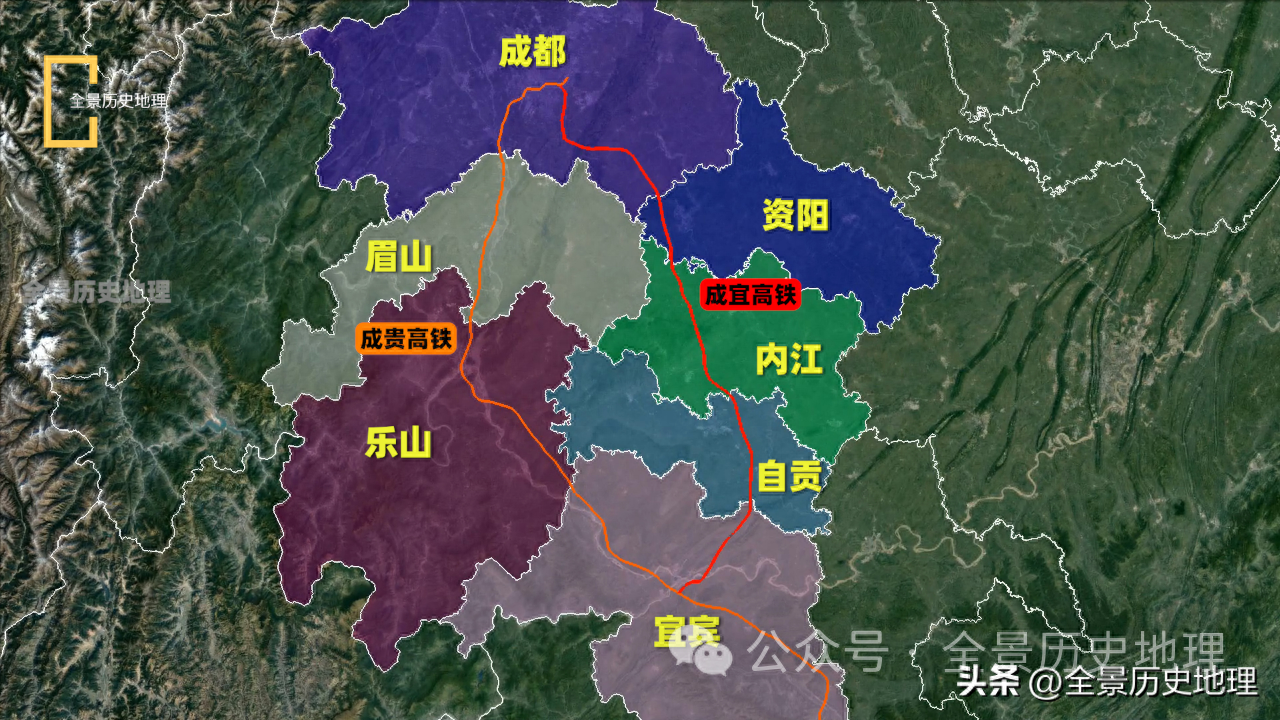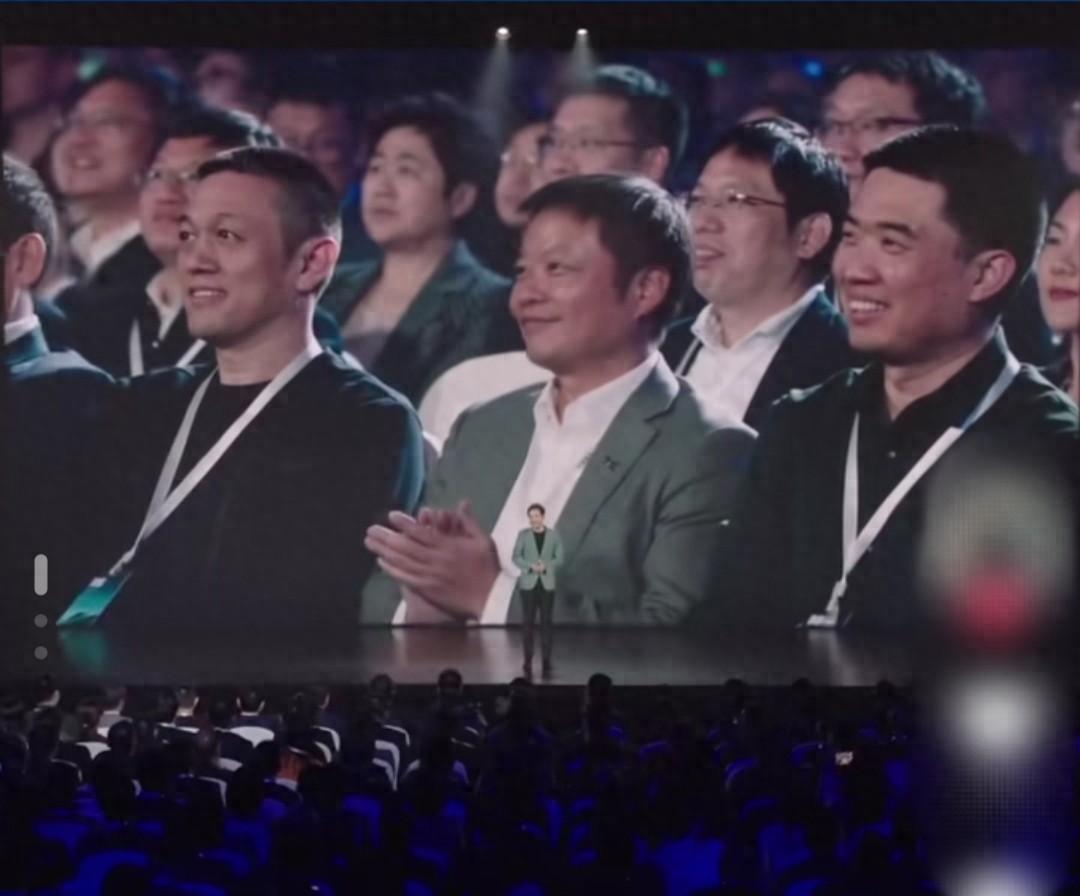Progress in exploring the neural mechanism of working memory
Technology Frontiers Beijing, May 26th by reporter Qi FangIt is learned from the Institute of Automation of the Chinese Academy of Sciences that Jiang Tianzai's team in the research center of the brain network group of the institute has made progress in exploring the neural mechanism of working memory by cooperating with the University Hospital of Zurich, Switzerland. By using intracranial EEG signals, various EEG analysis methods, and machine learning models, the functional division and synergy model of the amygdala hippocampus loop in the human brain during the encoding and maintenance phase of working memory were systematically analyzed, This provides a new perspective on the role of this loop in working memory
Technology Frontiers
Beijing, May 26th by reporter Qi FangIt is learned from the Institute of Automation of the Chinese Academy of Sciences that Jiang Tianzai's team in the research center of the brain network group of the institute has made progress in exploring the neural mechanism of working memory by cooperating with the University Hospital of Zurich, Switzerland. By using intracranial EEG signals, various EEG analysis methods, and machine learning models, the functional division and synergy model of the amygdala hippocampus loop in the human brain during the encoding and maintenance phase of working memory were systematically analyzed, This provides a new perspective on the role of this loop in working memory. This achievement was recently published online in the international academic journal Nature Communications.
How humans remember and recall things is a brain science problem. working memory is a system for humans to temporarily store and use information, just like the high-speed memory of computers. It is not only a necessity in daily life, but also the foundation of high-level cognitive functions such as language understanding, learning, and reasoning. Exploring the neural mechanism of working memory is of great significance for understanding the principle of high-level cognitive function of human brain.
In this study, scientists collected the intracranial EEG signals of the amygdala and hippocampus of 14 patients with intractable epilepsy when they completed the working memory task. Using a variety of EEG analysis methods and machine learning models, they systematically analyzed the neural representation mode and information transmission direction of the amygdala and hippocampus in the encoding and maintenance stages of working memory from the local activity and information interaction levels, and decoded the load of working memory based on this.
The study found that the amygdala hippocampus loop of the human brain showed two obvious functional characteristics in the coding and maintenance stages of working memory. First, perform their own duties: the amygdala represents the memory content in the coding stage of working memory, while the hippocampus maintains the representation of memory information in the maintenance stage after the disappearance of materials. The representation of the amygdala in the coding phase and the hippocampus in the maintenance phase can better decode the working memory load. Second, watch and help each other: the amygdala and hippocampus cooperate and transmit information each other in the coding and maintenance stages. The information flow sent by the amygdala in the coding stage and the information flow sent by the hippocampus in the maintenance stage can better decode the working memory load.
This study not only provides a new basis for in-depth understanding of the neural mechanism of working memory, but also provides a new perspective for the study of related diseases, such as schizophrenia and Alzheimer's disease, which show working memory deficiency. In addition, the combination of intracranial EEG recording, multivariate analysis, and machine learning methods also provides a new research framework for future brain computer interface research and neural feedback therapy.
Disclaimer: The content of this article is sourced from the internet. The copyright of the text, images, and other materials belongs to the original author. The platform reprints the materials for the purpose of conveying more information. The content of the article is for reference and learning only, and should not be used for commercial purposes. If it infringes on your legitimate rights and interests, please contact us promptly and we will handle it as soon as possible! We respect copyright and are committed to protecting it. Thank you for sharing.(Email:[email protected])



















